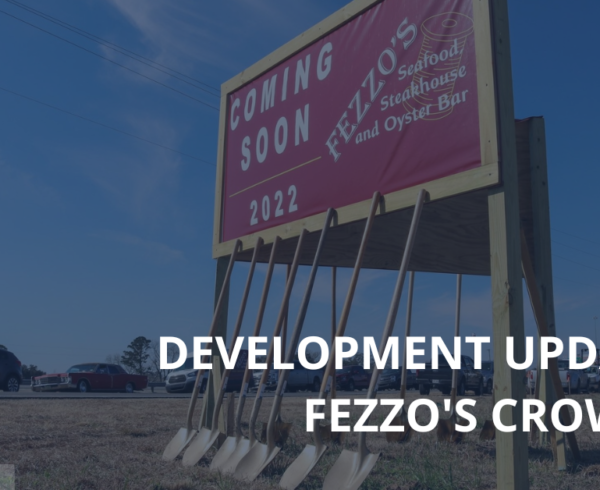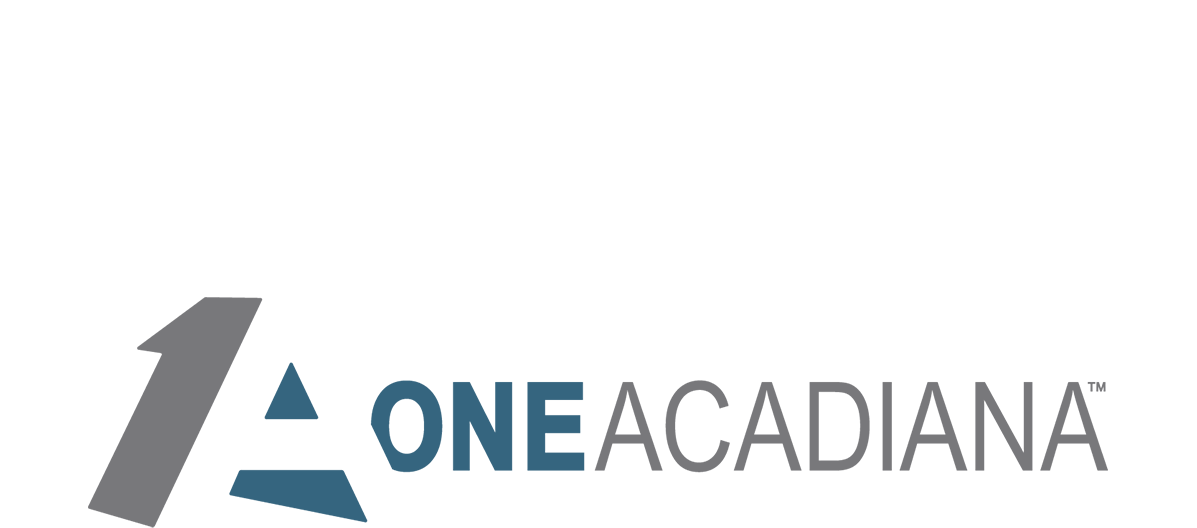Three-tiered pricing for products often means small-medium-large, but in services it means good-better-best. Find out how these service businesses use tiered pricing to benefit both buyer and seller.
These days, good-better-best pricing is everywhere. When purchasing an airplane ticket, for example, passengers can buy the default coach ticket (good), pay for some extra leg-rom by upgrading to “premium economy” (better) or pay through the roof and buy a business class seat (best). With all three tickets, the basic service is the same-aerial transportation from point A to point B. But the amenities (or the degree of discomfort suffered for the cynical among us) vary.
Along similar lines, in bars, alcoholic beverages are priced low as rail drinks when the customer does not ask for any branded alcohol (good), higher as call drinks when a specific brand is requested (better), or highest as top shelf drinks for premium liquor brands (best). An Acura TLX vehicle comes in three versions: the base model has a 2.4 liter engine and an 8 speed automatic transmission; the mid-version has a 3.5 V-6 liter engine, and a 9 speed automatic transmission, while the high-end version is a 3.5 V-6, 9 speed automatic with all-wheel drive. As these examples illustrate, when suing a good-better-best pricing approach (also know in the trade as “tiered pricing”), the marketer sells several different versions of the same product to consumers at different price points and corresponding quality levels.
For decades, marketers have packaged and offered different products to different customer segments. See the Chevrolet ads from the mid-1950s. No one would mistake the hoity-toity target customers of the 1955 Bel Air convertible with the blue-collar family that would find the 1956 Handyman station wagon to be appealing.
But this way of designing and pricing products based on customer segment differences is changing. With the good-better-best pricing approach, marketers now systematically offer different product versions to pretty much the same customers based on how much they want to shell out on a given purchase occasion. For instance, someone flying for work may buy a business class airline ticket because her company is paying for it; but on another occasion, she may fly in coach when shelling out of her own pocket.
We have written many times before in our blogs and newsletters that customers are not all equal. They have different needs, they value product attributes differently, and they have varying levels of price sensitivity. In order to address these multiple variations of a product or service offering-a Good, Better, Best product lineup. Beyond just creating multiple offerings, your pricing strategy needs to include getting the relative positioning right. Your profitability depends on it.
There is no perfect number of alternatives or options to offer customers, but how many you will offer is an important question to answer. If you do not offer enough options, you run the risk of missing some customer segments by not specifically addressing them. Conversely, if you offer too many options, it is easy for customers to be overwhelmed with the complexity and not make any choice. To determine your best number of offers in your product lineup, consider the ease with which customers can assess the differences, the number of competitive offerings that exist, the range of values perceived by customers, and your capability in managing the range of products or services.
In addition to determining how many products to offer within a lineup, it is also important to determine how the price of each product or service will relate to others. Multiple studies have shown that when faced with three or more options, customers tend to choose the middle option more frequently than the highest or lowest priced offer. Customers often avoid picking the least expensive offer because they don’t want to feel like a cheapskate. And they often avoid the most expensive option, because they really aren’t extravagant and do not need whatever additional benefits the highest options offer. so they go with the middle.
Thinking about this behavioral tendency can help you execute a stronger pricing strategy. If your goal is to maximize your profitability over time, you will need price points that attract customers at multiple levels of value. But what if you find that your results are skewed in that a large percentage of customers are picking either the most expensive or least expensive option? In that case, the prices of your product offerings are probably not aligned with their relative levels of value.











